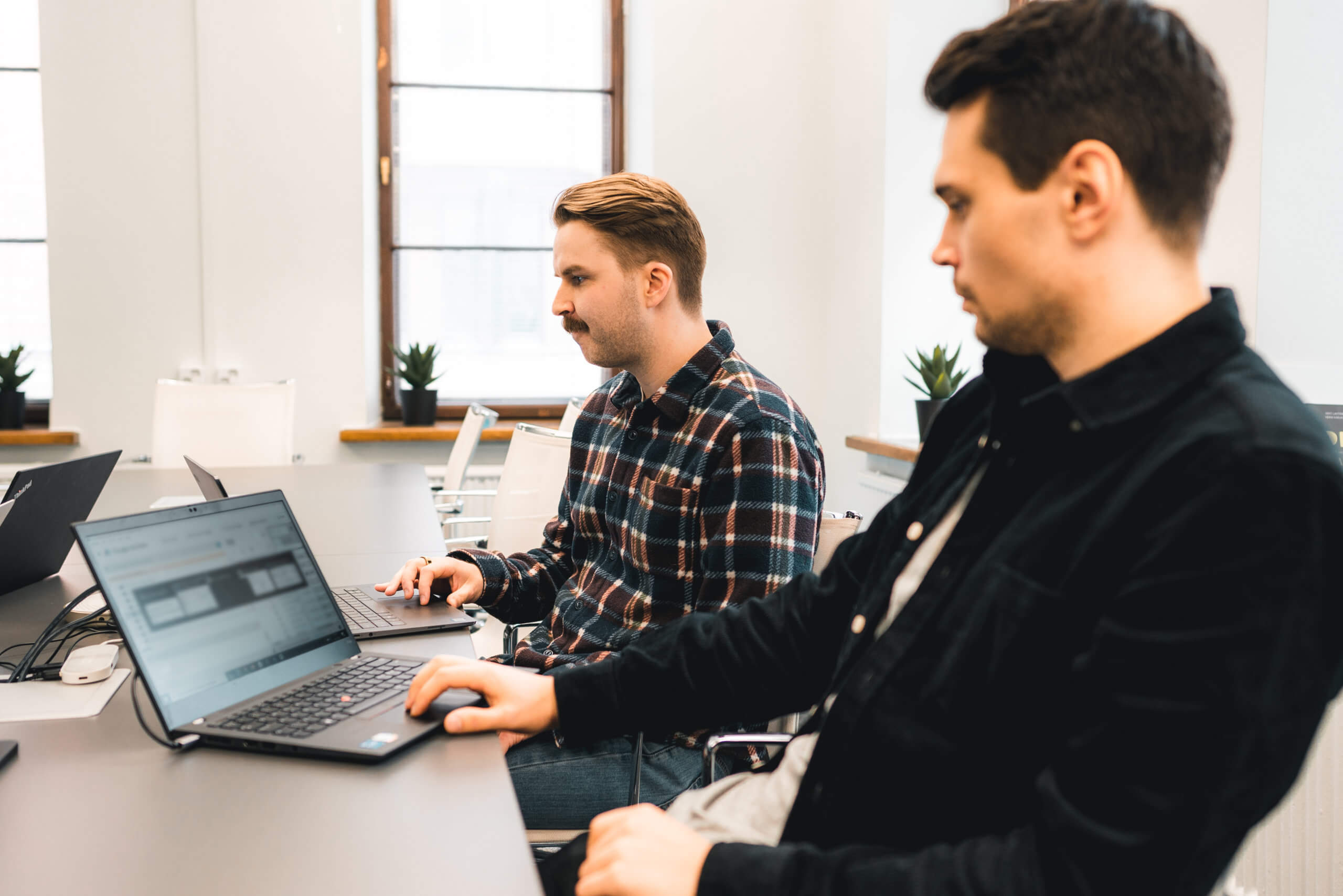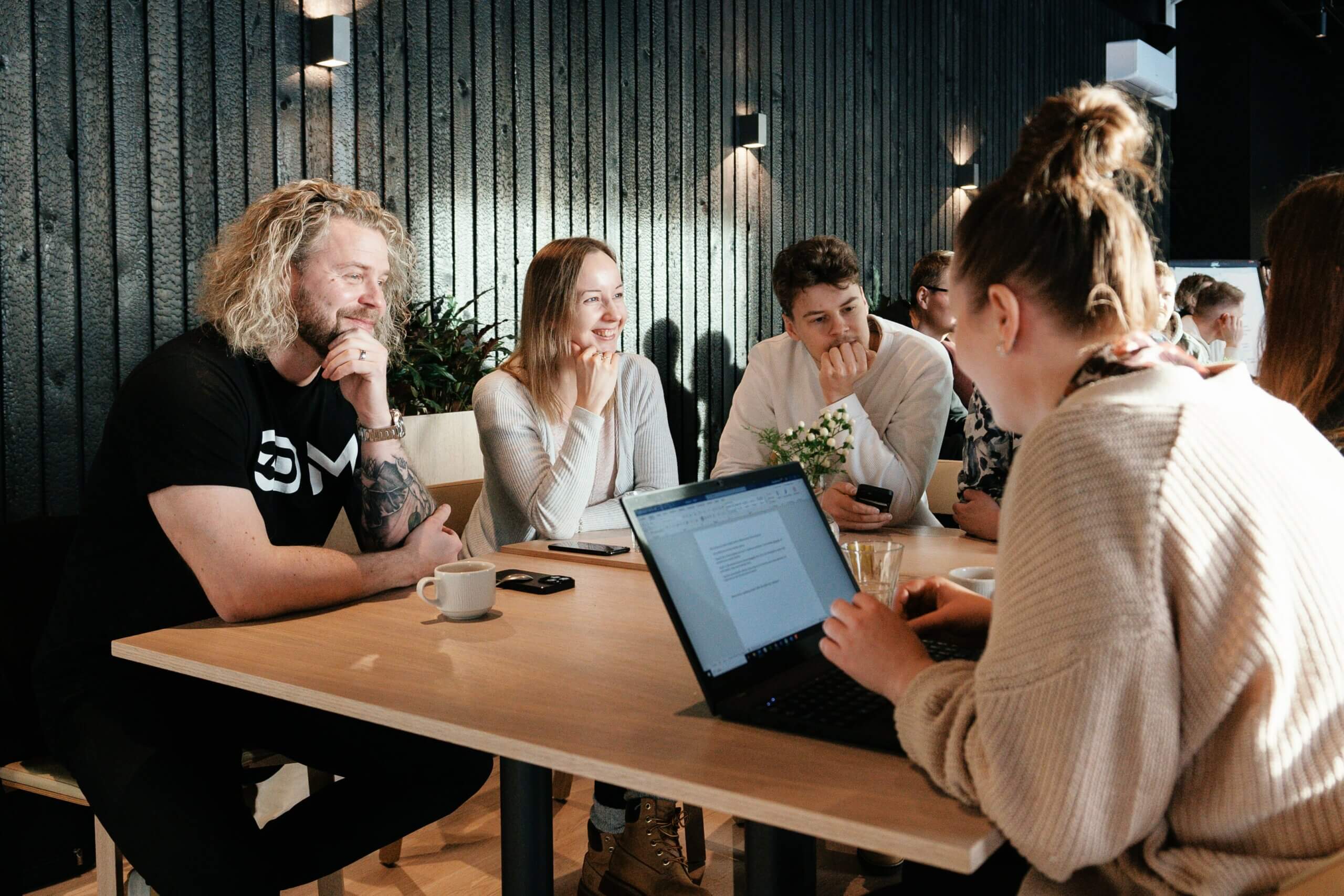Conversion rate optimisation (CRO) is all about maximising the results of your existing marketing efforts by turning more website visitors into customers. If your website gets plenty of traffic and products are added to the cart but purchases are abandoned midway, it’s time to ask: What’s going wrong?
Conversion rate optimisation: the solution to your challenges
CRO focuses on understanding user behaviour: why they visit your site, how to convince them of your value, and how to offer them the best experience. While some see CRO as a purely analytical task, effective optimisation involves much more than just diving into analytics.
Data is undoubtedly helpful—issues like broken forms or slow-loading pages often show up in analytics and can have a significant impact. For example, fixing a broken form could dramatically increase ecommerce results.
But what if your site isn’t broken? Imagine spending months and a substantial budget on a website redesign, only to see conversion rates drop instead of rise. This is where a CRO expert steps in to create a tailored optimisation strategy.
Why is conversion rate optimisation important?
Your website should be a tool to boost your revenue. Conversion rate optimisation helps you get more results from your marketing efforts, making it one of the most effective growth strategies.
Contrary to popular belief, CRO isn’t just about debating button colours or hero images—those are opinions, not optimisation. True CRO is based on comprehensive research to identify pain points on your website and determine how to improve the customer journey.
CRO is like visiting a doctor
Think of CRO like diagnosing a health issue. Would you:
- Rush to surgery based on a quick description of symptoms?
- Conduct thorough tests to pinpoint the problem and decide on the best course of action?
Just as in medicine, the latter approach leads to better outcomes.
How to calculate conversion rate?
The formula for calculating conversion rate is straightforward: divide the conversions by visitors and multiply by a hundred.
For instance, if your online store had 30 purchases from 2,000 visitors last month, your conversion rate would be:
30 / 2000 × 100, equaling to 1.5%.
What is a good conversion rate?
A “good” conversion rate can vary depending on your industry, business type, and the action being measured. Common benchmarks suggest that a conversion rate between 1% and 4% is average, but every business is different.
For example:
- A B2B website where users submit request forms might see a conversion rate of less than 1%—but these leads could generate thousands of dollars in revenue.
- A B2C ecommerce store with low-cost products might need a higher conversion rate, such as 10%-20%, to remain profitable.
The key is to compare your current conversion rate to past performance. Strive for continuous improvement rather than chasing an arbitrary standard.
Why measure multiple conversion points – isn’t one enough?
Each stage of the buyer journey has its own conversion rate, and optimising each stage individually can have a profound impact on overall results. For example:
- Homepage to category page.
- Category page to product page.
- Product page to cart.
- Cart to checkout completion.
Optimising all these steps ensures you’re addressing every barrier to purchase.
The impact of conversion rate optimisation on e-commerce
Let’s say your ecommerce store has the following metrics:
- Average order value: $100
- Profit margin: 50%
- Visitors per month: 5,000
- Ad cost per visitor: $0.30
Current conversion rates:
- 50% of visitors move from the homepage to the category page.
- 60% of category visitors move to the product page.
- 5% add a product to the cart.
- 50% complete their purchase.
This results in 37 sales per month, or $3,700 in revenue. After deducting costs, your profit is $350.
Phase 2 – optimising the funnel with the help of a conversion optimisation strategy
After a CRO audit, you implement the following changes:
- Improve the visibility of the category button on the homepage: conversion rate increases from 50% to 60%.
- Highlight popular products at the top of the category page: conversion rate increases from 60% to 65%.
- Replace social media share buttons with value propositions (e.g., free delivery): conversion rate increases from 5% to 6%.
- Simplify the checkout form by removing unnecessary fields: conversion rate increases from 50% to 60%.
These changes result in 70 sales per month, or $7,000 in revenue. After costs, your profit grows to $2,000—an 89% increase in sales and a 471% increase in profit.

Do you still doubt that conversion rate optimisation is worth it?
What is a conversion rate optimisation strategy?
A conversion rate optimisation strategy identifies your website’s biggest pain points and outlines ways to improve the customer experience. This involves:
- Audit Phase: Collecting quantitative and qualitative data on site performance.
- Analysis Phase: Pinpointing technical, usability, and content challenges.
- Implementation Phase: Executing changes to address the pain points.
The result? A detailed roadmap to better usability, higher conversions, and increased revenue.
Summary
Conversion rate optimisation may seem technical, but it can significantly boost your website’s performance. CRO helps uncover and fix barriers that prevent users from converting, whether that’s a confusing navigation menu, a poorly placed button, or a slow-loading page.
Ready to optimise your website and drive growth? Let’s start turning clicks into customers!
Yes, please, I want help with conversion rate optimisation
If you want to dive deeper into conversion rate optimisation, these blogs are excellent resources:
- CXL | Conversion Optimization – Marketing Blog
- VWO | Blog On Best Practices – Insights in CRO, UX, CX
- Convert.com | Blog: Top AB Testing Blogs
- Clicktale Blog | Enterprise Experience Analytics
- Hotjar | Improve your user experience by listening to your customers
- Crazy Egg | Website and Conversion Optimization Blog
- UserTesting | Blog: UX, CX, Product, Design, and Marketing Resources
- Unbounce | The Landing Page and Conversion Optimization Blog





